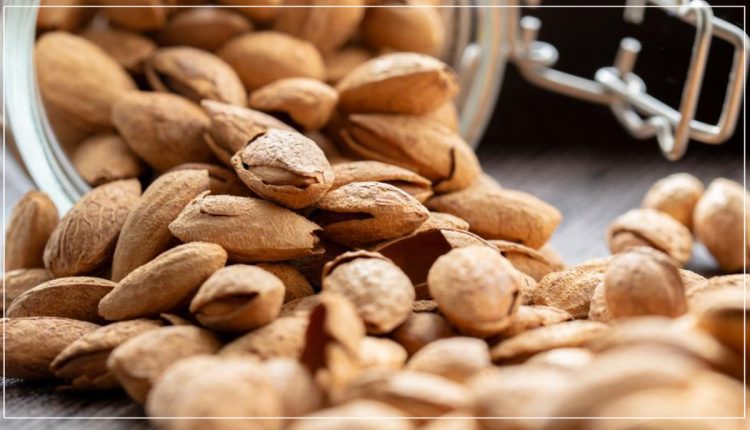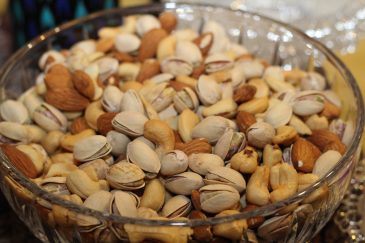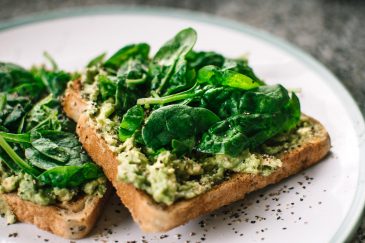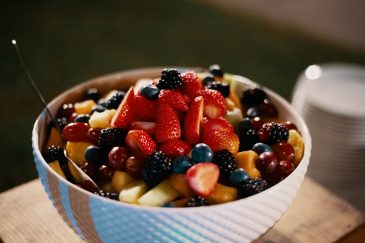
Here’s Why You Need To Get on The ‘Smart Snacking’ Bandwagon!
To snack or not to snack! From apples to guavas, chips to tortillas, protein shakes to protein bars… there are just so many to choose from that the answer is … smart snacking!
The good news is that research has actually proven that healthy snacking can help you lose weight. So, what exactly is a healthy snack? The dictionary defines it as “a small meal eaten between regular meals.” But as long as you are keeping the ‘elevenses’ healthy this can be good a habit to adopt

But you know what, all those times you felt the need to have a top-up meal after you have just finished a sandwich, or that ‘I need something spicy’ craving that hits you at 11 pm, that is not healthy at all. Neither is eating your feelings. But you already knew that! The trouble is that old habits die hard, and it can be difficult to adopt a healthier relationship with food when you are living a very stressful, instant-gratification lifestyle.
So, Educate Yourself on Quality Snacks.
Snacks can also be classified by their quality and composition.
High-quality snacks have high nutritional value, they are a good source of vital nutrients such as carbohydrates, protein or unsaturated fats. These include fruits, veggies etc. Low-quality snacks are most commonly-available packaged items that have very little nutritional value and high in calories, include candies, cookies, and chips. It’s what you eat, not when you eat, that is the real problem here.
CHECK OUT: These Healthy Snacks Recipes For Pregnant Women
Some practitioners object to smart snacking because they say it promotes grazing behaviors. Other are concerned that snacks may encourage the intake of processed and a higher total calorie intake. Now, remember 20 pretzels have 150 calories, a 2 oz brownie offers 400 calories, and a large bag of chips can deliver 300 calories, and all of it with very little nutrient value. Even the smaller packs are no good because all you are getting is sugar and empty calories that won’t satiate your hunger.

Educating yourself is crucial for smart snacking. Incorporate snacks into your meal plan so you don’t exceed total calories for the day. This total calorie requirement varies on your height, current weight, age, gender, and activity level. As long as you are below your maximum caloric intake for the day, it’s fine to add 200-300 calories from snacks per day in between meals. And don’t forget to exercise!
Dieticians recommend eating every four to five hours to prevent uncontrolled blood sugars and hunger pangs.
READ: This Amazing Beetroot Smoothie is an Awesome Hunger Buster
Make ‘Fiber and Protein’ Your New Best Friends!
The two powerhouses of nutrition, fiber, and protein can be found in some of your favorite snacks.

Protein is essential for carrying out the work of the living cell by working as enzymes, receptors, transporters, and hormones. It helps build, restore, and preserve body tissues and immune function.
Check Out: 9 Best Sources of Protein!
Fiber, on the other hand, is a complex plant source found mostly in carbohydrates such as oats, barley, bran, skins of fruits and vegetables. They take longer to digest so you stay full for longer and also add bulk to stool to help keep you regular. Your tummy will thank you for adding fiber to your diet!
The Healthy Snacking Plan
Here’s what you need to do: eat 3 fixed meals every day. Add two high fiber, protein-rich snacks in between so you don’t binge on unhealthy snacks, or overeat when it’s time for a meal. And in case you are stretched for time, it isn’t a reason to indulge in unhealthy eating habits. Check out these easy snacks that you can have at work.

What happens is when we go long hours without eating, or try to diet or “watch” what we are eating? The struggle lasts for most of the day. And at night we give up, thinking we might as well just feast like a king and call it a day.
Guilty?
You don’t have to be. Make sure you are eating right, and you can snack every day, twice a day, to your heart’s content!

